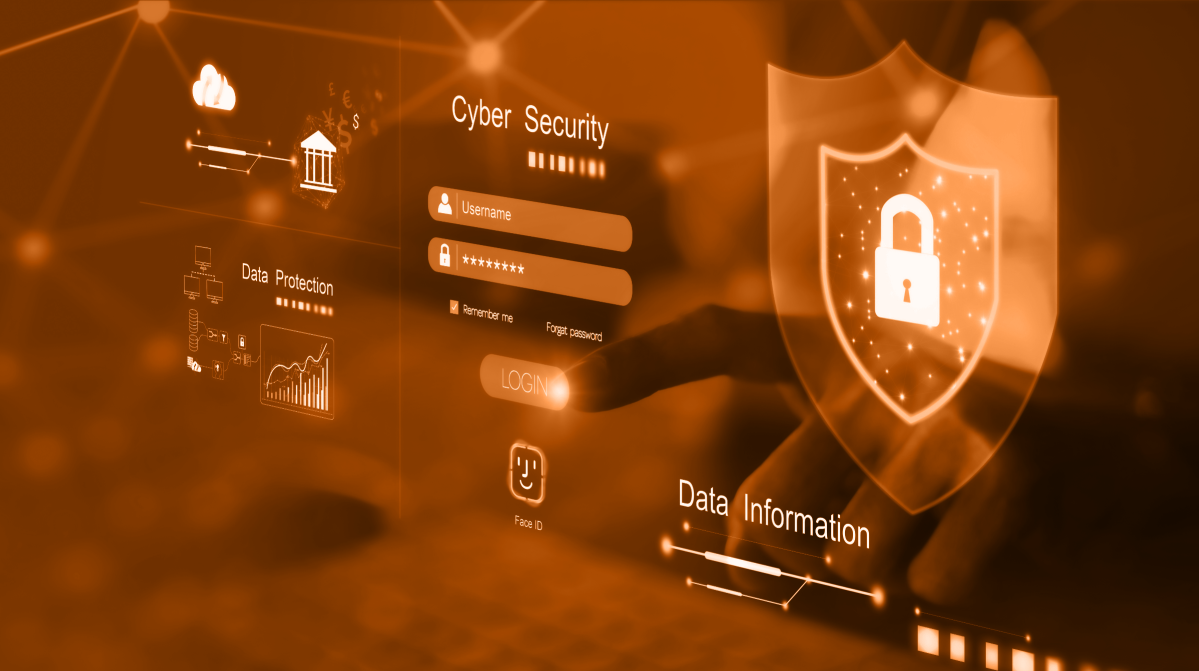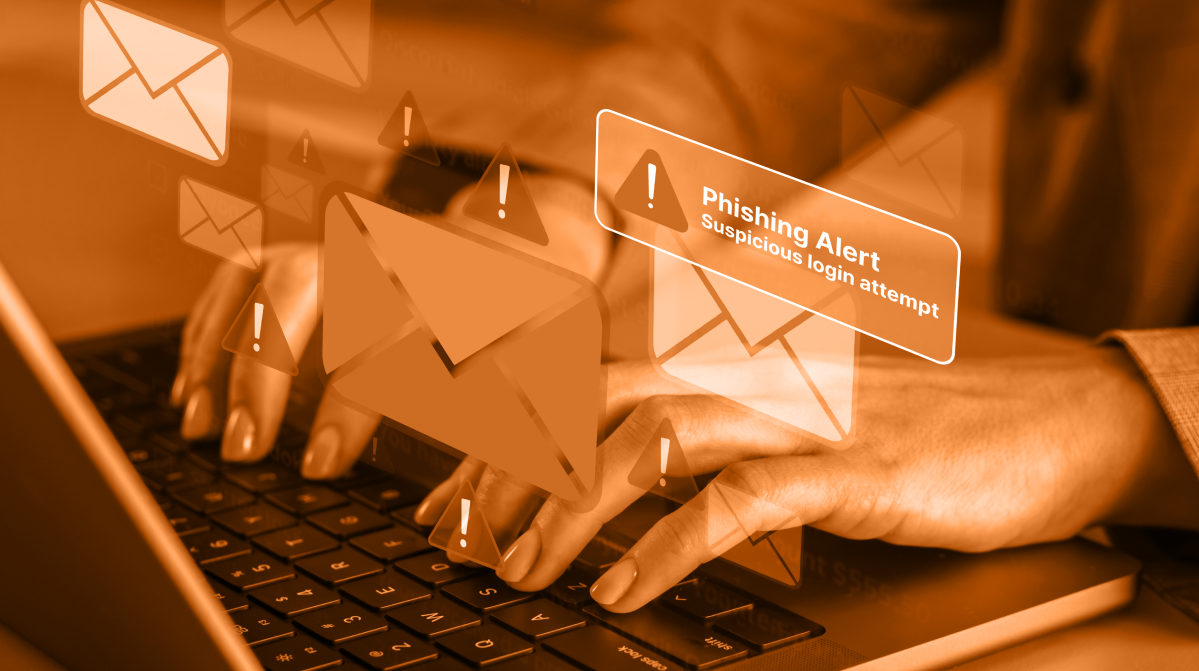
By Kevin Wotshela, Managing Director, Magix Africa
Tim Berners-Lee, a British computer programmer, proposed the concept of an ‘information management system’ in 1989. This idea was the first step towards the World Wide Web, which essentially became the backbone of the 21st century.
World Wide Web Day, celebrated on the 1st of August, recognises the growth of this innovation over the past 34 years. How it has driven the information age, given a voice to underrepresented groups and made our everyday lives easier to navigate.
As a cyber security expert, I have witnessed the rapid growth of the internet and the increasing reliance on technology for communication, commerce, and even healthcare. Unfortunately, this growth has also coincided with an upward trend that sees cybercriminals continuously innovate to find new ways to penetrate and exploit systems.
Not only does this result in financial losses for individuals and businesses, but it compromises sensitive information and erodes trust in online platforms.
This article explores how a few common cybercrime types have evolved – offering a few tried-and-true methods for safeguarding your data and systems in today’s digital world.
THEN: In the early days, identity theft on the internet was not common. Most of the time, personally identifiable information was stolen by taking someone’s wallet, going through the trash, or listening in on talks.
NOW: Identity theft is a serious problem. Cybercriminals are getting more sophisticated and determined to sell your personal information on the dark Web.
Protect yourself against identity theft by;
THEN: With technology still evolving, desktop security was likely your only concern. And as long as you didn’t leave your password written down somewhere for all to see, and avoided downloading dangerous software, your data would be safe.
NOW: Operating across multiple devices is the norm for most. And with the average person’s data likely shared across a cell phone, tablet and laptop, the risk of becoming a victim increases.
This is what you can do to protect your data.
THEN: It was almost no surprise when one’s computer failed, and a virus of the cyber kind was discovered. It was generally the result of illicitly downloading pirated music or films or clicking on pop-up ads from sites known for spreading harmful malware.
NOW: Today, these threats are disguised through phishing, a technique in which dangerous software is concealed within legitimate-looking electronic correspondences (email, text, or direct message). And in response to people becoming wiser in protecting themselves, cybercriminals have turned to using false authority and emotional manipulation to convince unsuspecting consumers to click on unsafe links and reveal personal information.
Try these tips to protect against the cost of phishing;
As we look to the future, it is clear that cyber security will only become more important. With the growth of the Internet of Things (IoT), the increasing reliance on cloud computing, and the rise of AI, we must be vigilant and innovative in our efforts to protect against cyber threats.
Pretect is one such innovation. Developed and powered by Magix, this customisable cybersecurity partnership helps businesses of any size proactively manage their digital security – at a fraction of the cost.
It takes a comprehensive approach to detecting and preventing cyber threats. More so, it provides ongoing support and training to educate employees to understand their role in securing your data and their own.
World Wide Web inventor, Tim Berners-Lee said, “Data is a precious thing and will last longer than the systems themselves.”
This is a powerful reminder of the importance of data and its potential to shape the future. It is crucial that we use it ethically and responsibly. By doing so, we can ensure that the data we collect and protect today will continue to be a valuable resource for generations to come.


